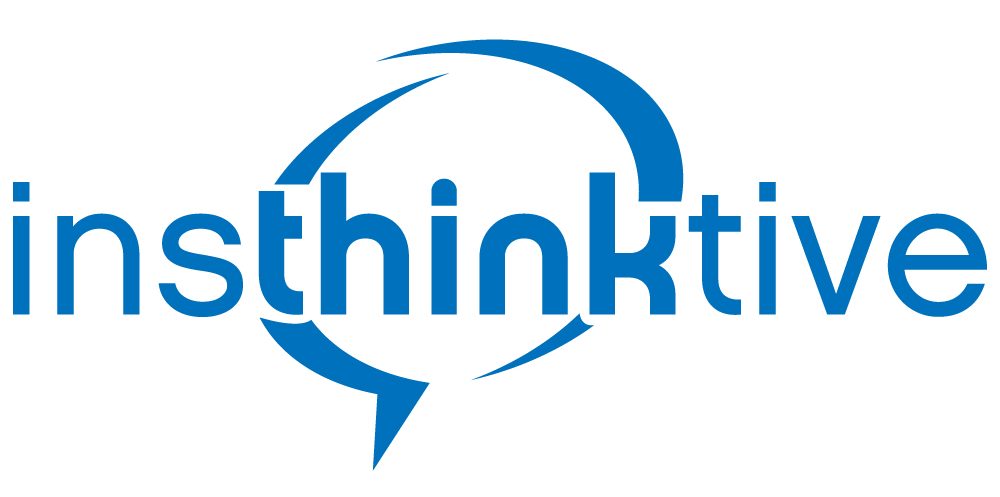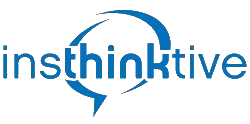At Insthinktive Sales Leadership Ltd. A core value and principle is “Love Numbers”. And we do. There is comfort in numbers, and there is clarity in numbers. Being a great sales coach is NOT always about the numbers, I know that too. All too often sales target achievements are a result of non-metrics like attitude and “coachability”.
But, if you are not a Metric-Centric sales coach or sales leader you are seriously disadvantaged. And you may be inadvertently teaching your sales team that metrics don’t matter too.
Metrics Matter
If you don’t focus on some key metrics regularly, you have nothing in your armoury to improve performance. If you don’t know your starting points (in metrics), then how will you know you are improving? How will you know your team are improving. How do you know when you have achieved your end goal of vision without metrics?
And yet when I started my sales coaching practice almost nine years ago, I was stunned at the number of businesses I came across who just did not measure sales performance metrics. And not a lot has changed in those nine years.
Yes many of them track sales year to date and sales month to date, but the horse has bolted by the time you analyse those numbers. They represent the past. They have value but, you need to place more emphasis on improvement metrics and predictive metrics.
If you want to build a sales infrastructure that can support your sales growth. You must strengthen each element of the sales infrastructure through relentless measurement. Have a dashboard for every metric.
Sales Improvement Metrics
Focus on metrics that improve performance. For example, do you analyse your team’s closing or conversion rates? In my experience (and I don’t work with large corporates where this might be standard practice) most smaller companies are not focused on this valuable number.
All too often I hear “our strike rate is at least 50% or 80%”. But, I have learned to look beyond these opinions and focus on the data. And it doesn’t lie.
Even in small teams, there can be huge gaps in conversion rates. That can be good and bad. Good because you know that you can use the highest conversion rate as your benchmark for future performance improvement. Bad because often the variance is so vast and sales are lost because you do not measure conversion rates regularly.
Put simply if I know my team or my closing rate from new lead to a closed sale is 9%. And I know that our industry average is 15% (or the average of my highest performing salesperson). Then I can set specific improvement goals.
– I can learn about what others in the industry are doing to achieve 15%
– I can learn and codify what my top performer is doing. And coach the team to do the same things.
Predictive Metrics
I always place a heavy emphasis on the predictive metrics. When you measure sales activities that predict future sales pipeline health like
– number of new sales leads this week
– number of qualified sales leads this week
– number of new sales opportunities this week
– number of sales calls or meetings this week
– number of new sales proposal this week
You achieve two valuable objectives.
1) You are ensuring that even when your sales team get busy, they are always focused on their pipeline building activities. It is critical in avoiding the S-Curve often seen in sales pipelines. When we are busy, we stop hunting. And when we stop hunting our pipeline will suffer in 6 months time.
2) You can analyse sales trends and sales conversion rates. All guide your choices of sales improvement metrics. For example, as a team, you might determine that your conversion rates from qualified leads to sales opportunity is low. Is this down to poor sales pipeline management? Is it that your demos are not delivering the right Value Proposition? Is it that your team are weak on discovery?
In all cases the metrics guide you.
In this article, I have deliberately avoided listing too many metrics. Why? Because it seems from experience, we either measure too many (and end up with reports that nobody ever reads or understands) or we measure too few.
I believe a sweet spot is 5 to 7 metrics. If you master just 5 to 7 metrics, you have a strong base to influence sales performance and sales pipeline.
The critical point is that if you aren’t already you need to be a Metric-Centric sales leader or salesperson. Love Numbers.
Regards Ronan
Ronan is the “Sales Infrastructure Guy”.
Helping high growth tech companies build world-class sales systems and processes that scale.
Call me on +353(86) 7732201
Ronan Kilroy | Insthinktive Sales Leadership Ltd. | Blanchardstown, | Dublin 15, | Office 01 8220523
More Sales, More Consistently, In Less Time



